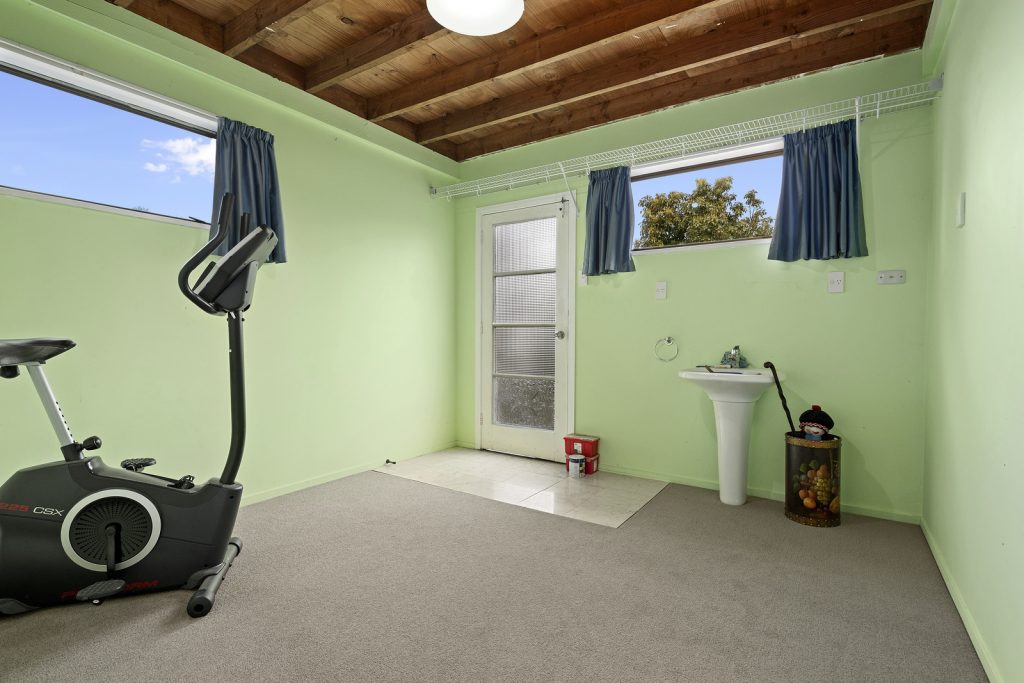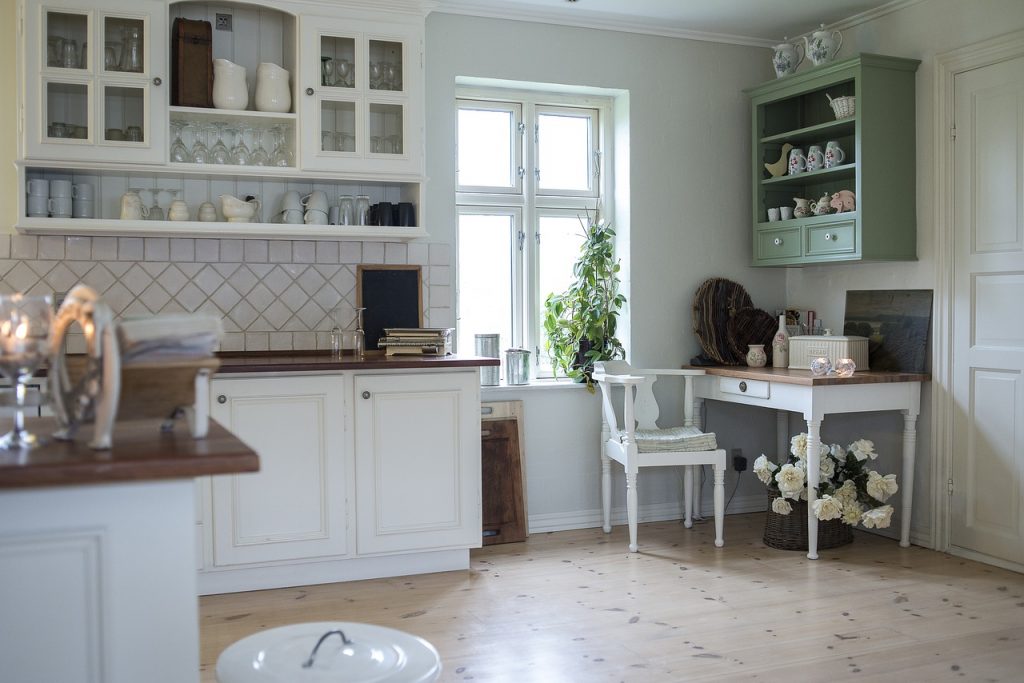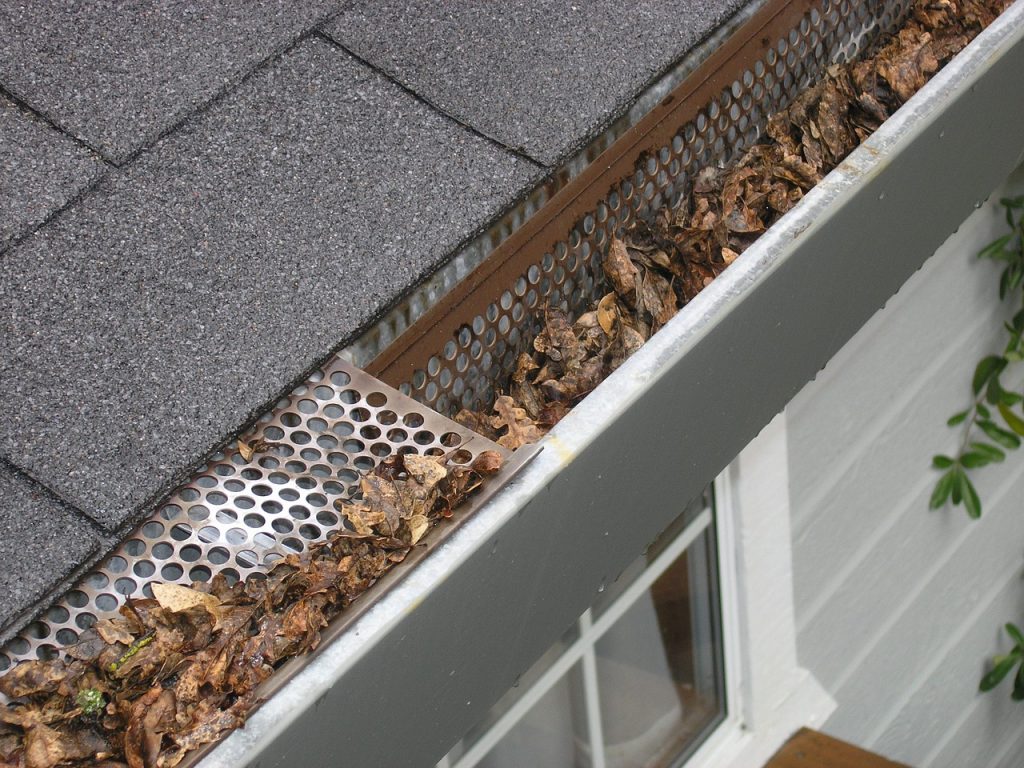When buying a property, doing your homework is all-important. An initial home inspection is the first step. But where do you start and what should you inspect?
Tick all the right boxes for legal clarity and peace of mind with our must-do checklist for home inspections.

Inspection checklist
Ensuring that the property is sound and habitable from the inside out is essential. Seek professional assistance for areas that you are not fully qualified to judge.
The cost
Depending on the property and location, research agency Canstar estimates the cost of home inspections at between $400-$500 for an average-sized regional home to $800-$1,000 for metropolitan zones.
Start from the ground up
The walls have ears. A thorough inspection of the internal walls for cracks and fine lines can uncover a history of potential damage or erosion. Cracks of more than 0.2mm are usually a cause for concern. Similarly, be wary of the spread of fine lines in internal plastering.

The state of the walls in your property of interest extends to potential water damage. Water stains, mould or corrosion, particularly near wet areas, can be a warning sign that costly and extensive repairs loom.
Shine a light on trouble spots. Bring a torch to inspections to assess ceiling sag. Bowed ceilings are another tell-tale sign that there are defects in the ceiling sheets, which may require alignment over time.
Look inside all cabinets for potential mildew or mould. If you detect the smell of damp, this could indicate that there are water leaks or even rising damp in the property. Similarly, mould found in bathrooms or bedrooms could require the costly services of a professional mould remediator.

Check the rooflines for a straight appearance, free from defects. You should also inspect roof gutters from the roof level. Roof gutters may look fine from the ground, but a thorough inspection at roof level often uncovers rust and erosion. If this is the case, the roof gutters will need to be replaced.
Take a walk around the external perimeter to check that roof downpipes run to stormwater drains, and not on the ground. You should also look for potential flash flooding or water excess points around the downpipes.

Look for drain holes on external perimeter walls. These are usually spaced about 1200mm apart. Drain holes above and below the door and window frames are necessary for water to escape from the cavity walls.
If you are unsure what else to look for or unqualified to carry out a thorough home inspection, consult a professional home inspection company or independent real estate agent for further assistance.

Thanks for reading.
Wishing you a successful day.
Home values in our market have gone up 14.6% over the last 12 months. See what the rise has done to your home value today!
Want to know what’s happening in the market in real time? Ask Matt to explain the real time data- Chat, txt or DM Matt today 0274 951 536
- If you have a question on the local Real Estate market
- Should you spend money on a Reno of your home before you sell
- How to contact a Mortgage Broker
Just call Matt Wineera on 0274 951 536 who is always on hand to answer your query. His advice is given freely and without obligation.
Work with Matt Wineera who lists and sells homes in the Tauranga, Mount Maunganui and Papamoa areas.
Check out what clients have to say about Matt
Matt continually achieves great results for Home Owners through his negotiation skills and vast real estate experience, knowledge and expertise.
Matt is very passionate about real estate and loves being at the coal face.
You can also check out, follow & like Matt’s Instagram posts and Facebook page
Give Matt a call now 0274 951 536.
.


